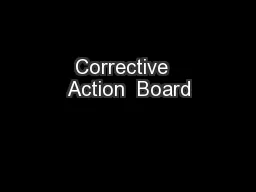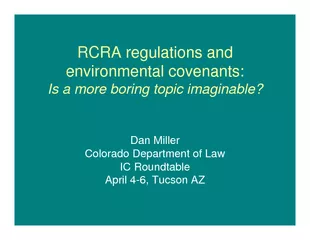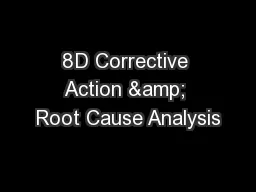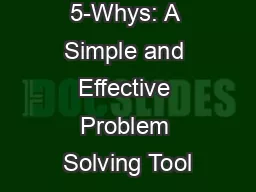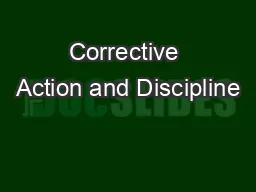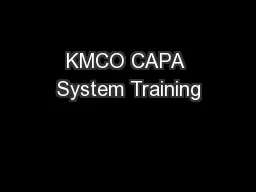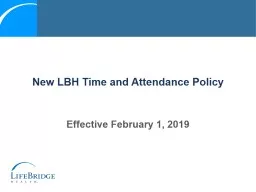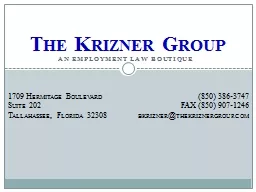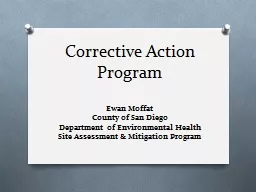PPT-Corrective Action Board
Author : trish-goza | Published Date : 2018-09-26
Overview Updated 26 April 2016 1 What is a Corrective Action Board A Corrective Action Board or CAB is the forum to communicate enable facilitate and provide oversight
Presentation Embed Code
Download Presentation
Download Presentation The PPT/PDF document "Corrective Action Board" is the property of its rightful owner. Permission is granted to download and print the materials on this website for personal, non-commercial use only, and to display it on your personal computer provided you do not modify the materials and that you retain all copyright notices contained in the materials. By downloading content from our website, you accept the terms of this agreement.
Corrective Action Board: Transcript
Download Rules Of Document
"Corrective Action Board"The content belongs to its owner. You may download and print it for personal use, without modification, and keep all copyright notices. By downloading, you agree to these terms.
Related Documents

